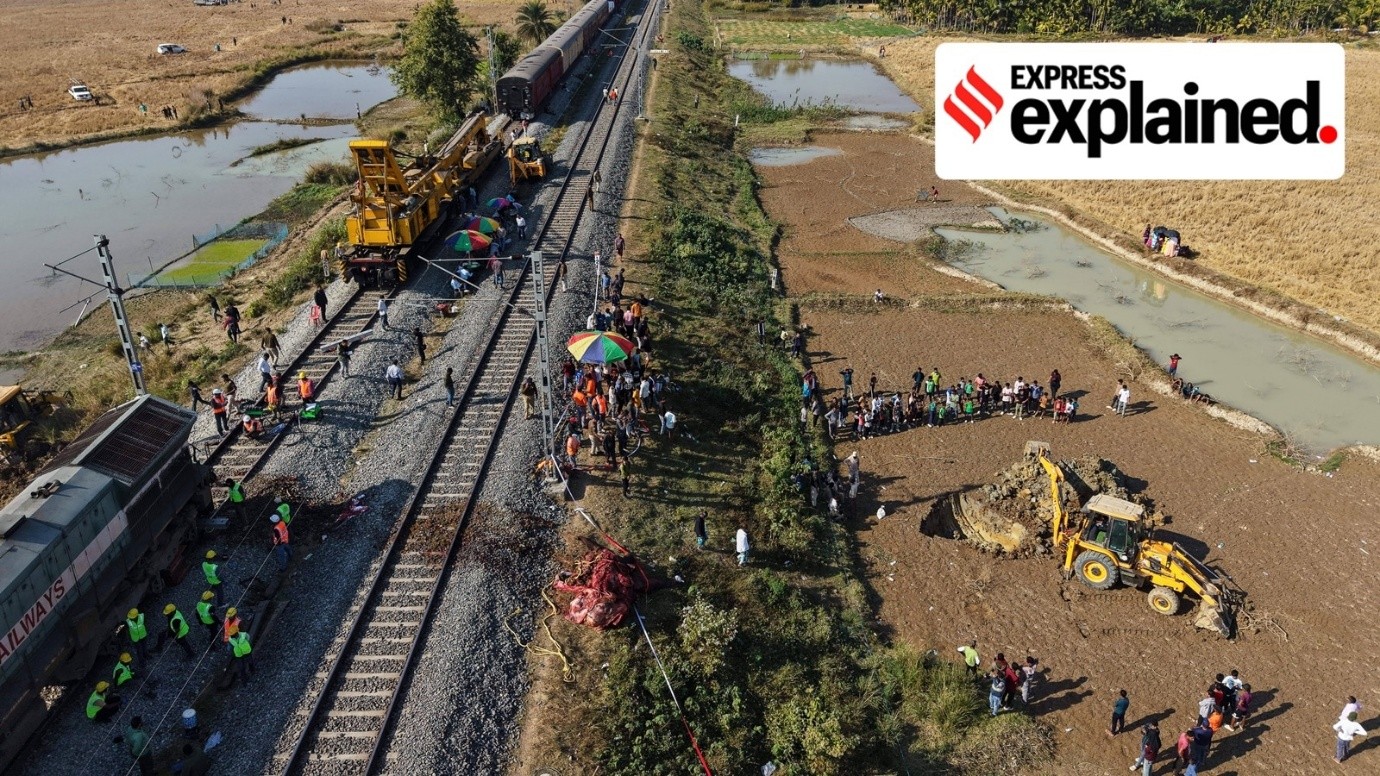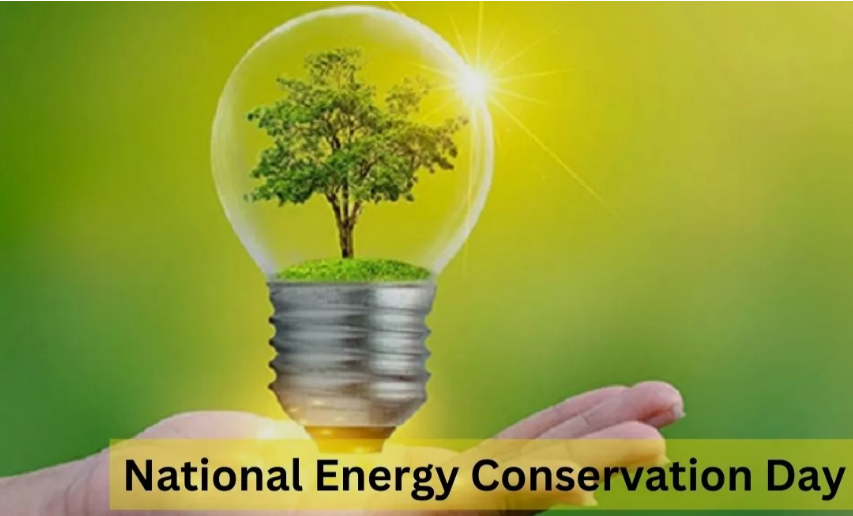



India's energy sector is rapidly evolving with a strong push toward renewable energy, aiming for 500 GW capacity by 2030 and deploying 47 GW of Battery Energy Storage Systems (BESS) by 2032 to stabilize the grid. Key initiatives like rooftop solar, green hydrogen, and digital grid management are supported by robust policy, infrastructure investments, and international cooperation.

Disclaimer: Copyright infringement not intended.
India has inaugurated South Asia’s largest 20 MW Battery Energy Storage System (BESS) in Delhi.
India's energy sector is globally the most diverse, encompassing coal, oil, natural gas, hydroelectric, atomic, wind, solar, and biomass energy sources. It is also home to the third-largest energy and oil consumer, the fourth-largest refiner and LNG importer, more than 96,000 retail fuel outlets, and a 25,000 km gas pipeline network. Notable developments include:
|
Category |
Details |
|
Established Capacity |
- Total as of April 2024: 442.85 GW - Renewable Energy: 125 GW - 2030 Target: 500 GW Renewable |
|
Rural Electrification |
- Over 2 crore houses electrified - 18,374 villages electrified - Schemes: Saubhagya, DDUGJY |
|
Renewable Push |
- India already linked to 200 GW RE capacity - Target of 500 GW by 2030 |
|
Rooftop Solar Revolution |
- PM Surya Ghar: Muft Bijli Yojana - Target: 1 crore rooftop solar homes - Budget Allocation: ₹20,000 crores (2025–26) |
|
E&P (Hydrocarbon Discoveries) |
- 25+ discoveries by ONGC & Oil India - Estimated: 75 mmtoe oil and 2,700 mmscm gas in various basins |
|
City Gas Distribution (CGD) |
- Expansion from 55 GAs (2014) to 307 GAs (2025) - 1.5 crore PNG connections - 7,500 CNG stations |
|
Biofuel Leadership |
- Ethanol blending: 1.5% (2013) to 19.7% (2025) - ₹1.26 lakh crores forex savings - Emission reduction: 643 lakh tonnes CO₂ |
|
Energy Infrastructure |
- 24,000 km of product pipelines - 96,000+ retail outlets - 24% of ₹111 lakh crore NIP allocated to energy (≈ $1.4 trillion) |
|
International Cooperation |
- ONGC-BP partnership - Data sharing with University of Houston - Focus on investment & tech transfer |
SAUBHAGYA: Electrified in more than 2 crore rural homes
Deen Dayal Upadhyay Gram Jyoti Yojana: Electrified 18,374 Villages
PM-Surya Ghar: Muft Bijli Yojana: To target roof solar installations in 1 crore homes with allocation of rupees. 20,000 crore rupees 2025-26 in budget
SATAT Plan: Promoting compressed biogas (CBG); More than 100 plants were commissioned
Ujjwala Yojana: Ensuring cheap LPG access.
Source: The Hindu
|
PRACTICE QUESTION Q. India has made significant strides in diversifying its energy mix and scaling renewable energy targets. In this context, discuss the role of Battery Energy Storage Systems (BESS) in achieving energy security and sustainability. Highlight the associated challenges and suggest a comprehensive way forward for India's energy future? (250 words) |






© 2026 iasgyan. All right reserved